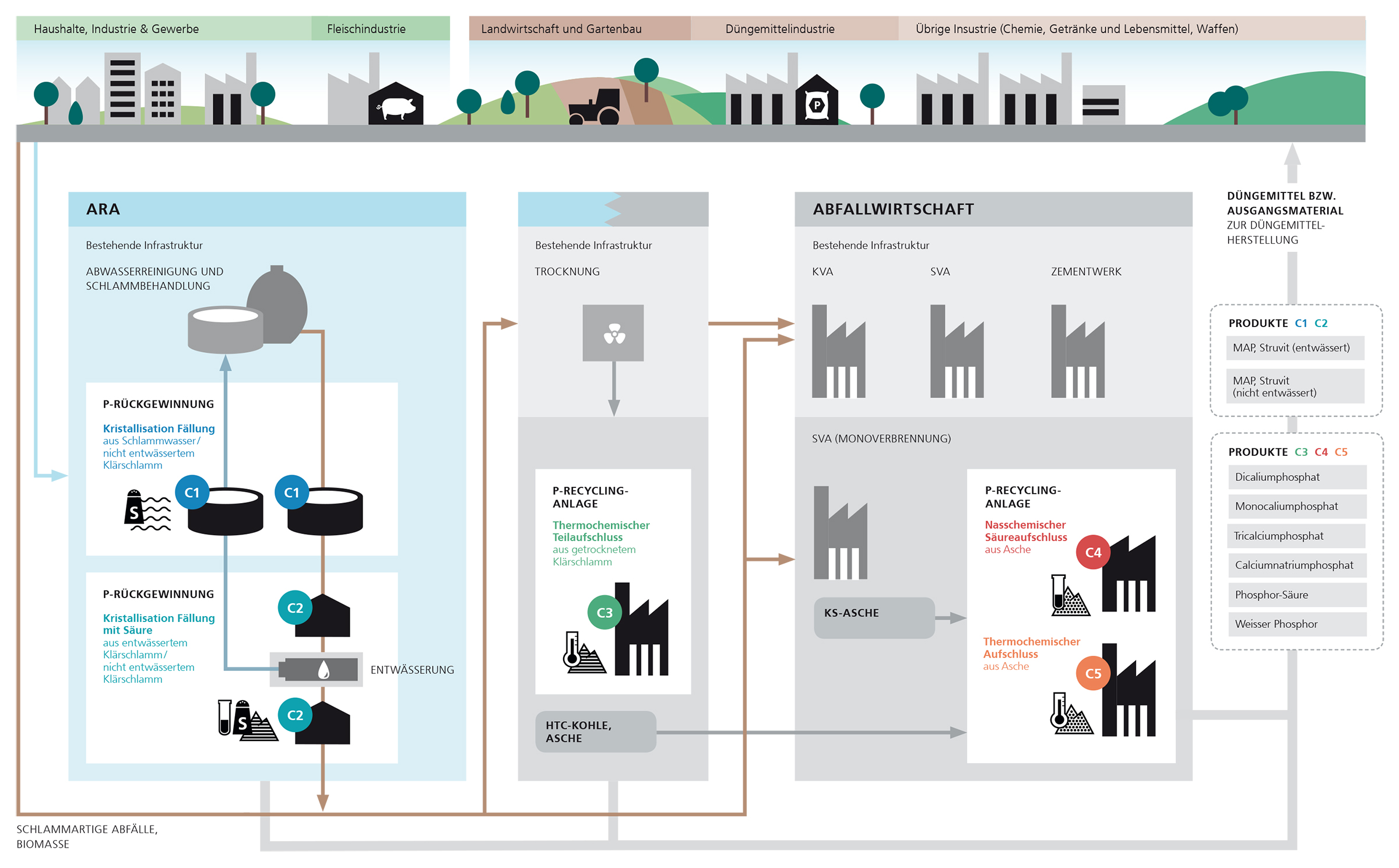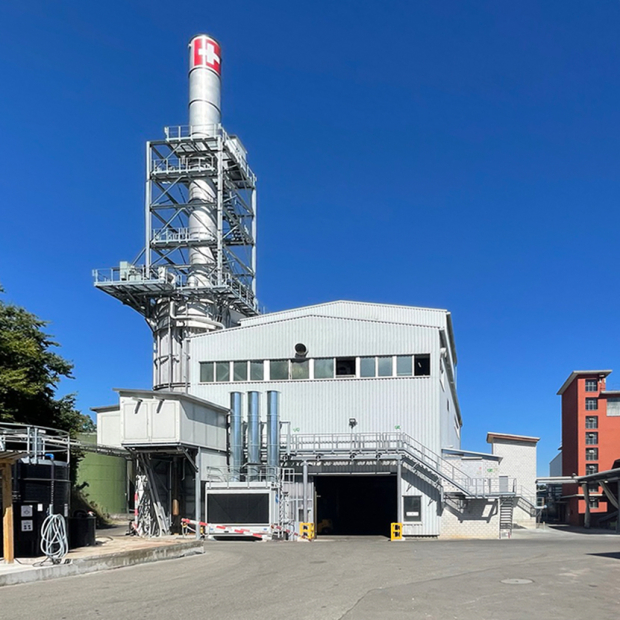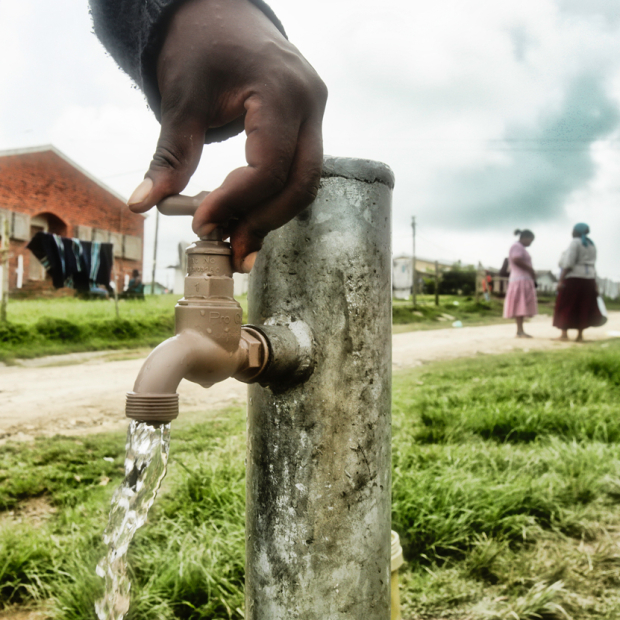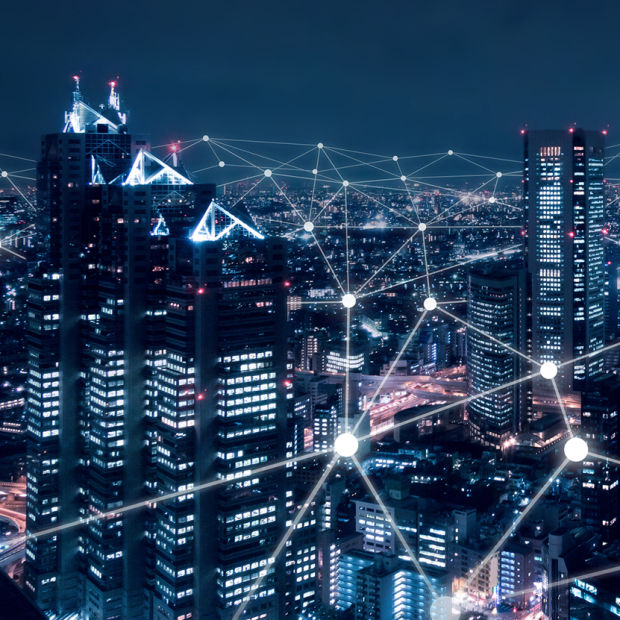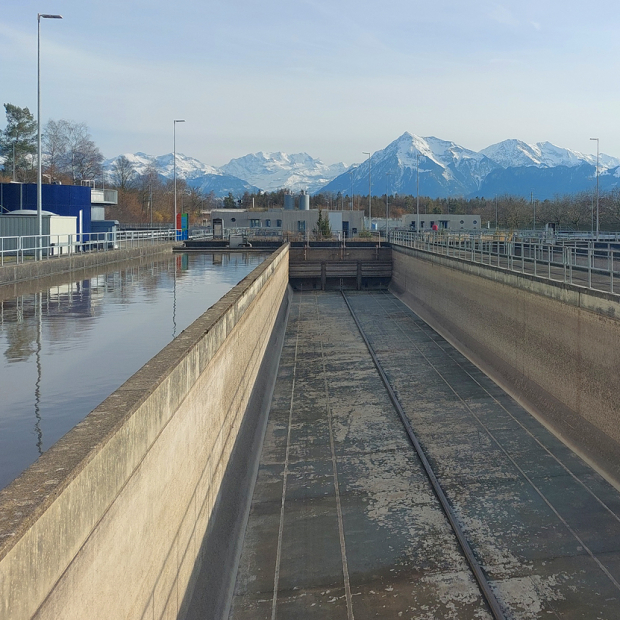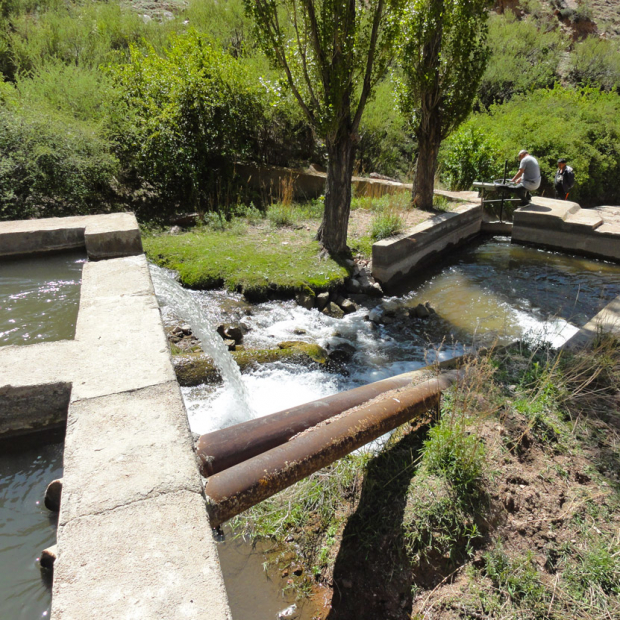
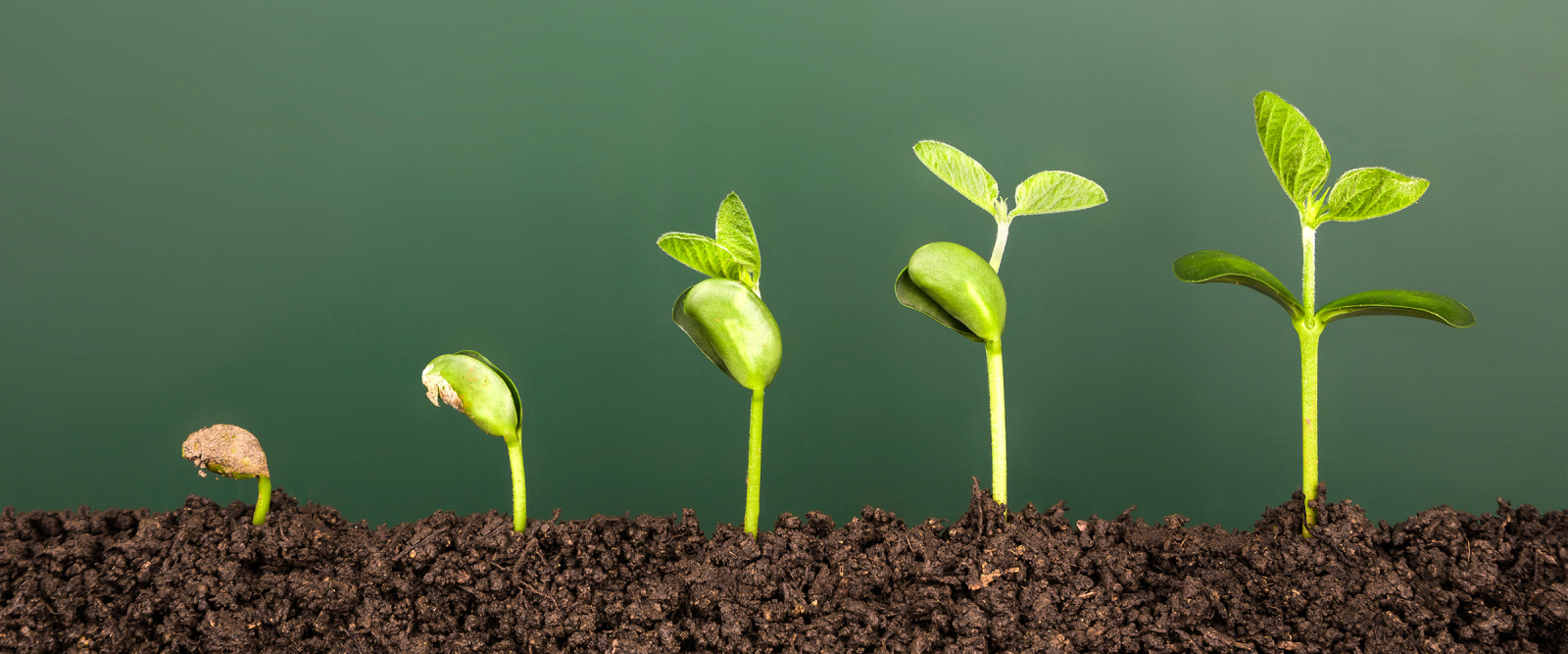
Evaluation of phosphorus recovery technologies
EBP was commissioned to evaluate the advantages and disadvantages of various phosphorus-recovery technologies with the aim of helping stakeholders develop economically viable and ecologically efficient ways of meeting their statutory obligations to recover phosphorus.
One of the aims of the newly revised Swiss Waste Avoidance and Disposal Act (Waste Ordinance) is to establish a statutory framework for the implementation of waste management procedures designed to close various resource cycles, i.e. to recover more recyclable resources from disposed materials. The revised Waste Ordinance makes provision for the recovery of phosphorus (P) from phosphorus-rich waste materials in accordance with the latest technological standards. The relevant stakeholders have been given a grace period until 2026 to establish compliance with the new requirement.
Various technological methods have been established – or are currently being developed – to enable the efficient recovery of phosphorus (e.g. wet-chemical and thermochemical methods). These various methods tend to differ depending on the phosphorus source (e.g. sewage sludge, ash, etc.), the percentage of expected recovery and further performance and implementation-relevant factors. Owing to the novelty and wide range of technologies involved, as well as the variety of additional factors warranting consideration (e.g. compatibility with existing structures), it has been difficult for those responsible to prioritize or make decisions in favor of specific methods.
Thanks to EBP, which was responsible for drafting the report and providing a professional documentary layout for its results, users are given an intuitive overview of the advantages and disadvantages of the various technologies used to recover phosphorus, as well as additional practical information relating to their implementation.
